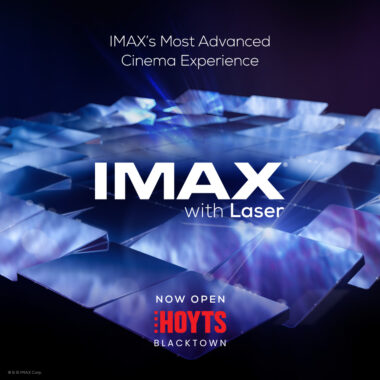Tell us if you can see the Milky Way. Help us bring back the dark night sky.
Media contacts: Shelley Thomas, [email protected] or 0416 377 444; or Tanya Ha, [email protected] or 0404 083 863.
Full media kit: www.scienceinpublic.com.au/science-week/abc-night-sky/
Participate at: www.abc.net.au/nightsky from 31 July.
Humanity grew up seeing the Milky Way: feeling a sense of awe and wonder, and questioning our place in the Universe. But now, due to light pollution, it is disappearing from our view.
The ABC and Australian National University (ANU) invite you to become a real-life ‘guardian of the Galaxy’ to help conserve our dark night sky.
“The Milky Way is disappearing before our eyes,” says ANU astrophysicist and cosmologist Dr Brad Tucker, of Earth’s ‘home galaxy’, estimated to contain over 100 billion stars and stretching 100,000 light years in diameter.
“Seeing the Milky Way really shows us we’re part of something much bigger and inspiring, but we’re slowly losing it.”
Growing up in California, Brad didn’t know it was possible to look up and see the Milky Way. He says our view of the cosmic neighbourhood is increasingly blighted by light pollution, with the Milky Way no longer visible to a third of humanity, including more than half of Australians.
This National Science Week, the ABC is urging all Australians, from every corner, to explore the night sky and contribute to a national ANU study of the Milky Way’s visibility.
Launched today, it takes the form of a short online survey, answered in conjunction with an interactive visual guide to determine how much of the Milky Way is currently blocked by light pollution across metro, regional, rural, coastal and remote locations.
Light pollution is increasing by an average 10 per cent per year, according to citizen science project, Globe at Night. It occurs when ‘sky glow’ – related to the number, intensity and design of artificial lights – is so powerful that it literally out-glows the stars.
“Light pollution is not just a problem for astronomers and stargazers,” says Kylie Andrews from ABC Science. “It also confuses the circadian rhythms of some creatures and misguides the navigation of others, and contributes to sleep deprivation in humans.”
What’s encouraging, Kylie adds, is that in contrast to other pollutants – like carbon dioxide or plastic – light pollution doesn’t hang around once its source is removed.
ABC’s dark sky project kicks off with the ANU Milky Way survey. The ABC also invites you to:
- explore solutions to light pollution using an interactive;
- stargaze with ABC Radio National’s Night Sky LIVE (Thursday August 15, 8-9pm AEST, live on RN and ABC Listen), when BIG IDEAS Presenter Natasha Mitchell broadcasts from the rooftop of ABC Melbourne; and
- from Monday 5 August vote for ‘the most amazing thing you’ve seen in the night sky’.
ABC’s dark sky project is the online initiative for National Science Week 2024, undertaken by ABC Science with funding through the Australian Government’s Inspiring Australia strategy.
Take part in the Milky Way survey here: www.abc.net.au/news/104158476.
Media contacts:
- Shelley Thomas, [email protected] or 0416 377 444
- Tanya Ha, [email protected] or 0408 083 863
Available for interviews:
Dr Brad Tucker is an astrophysicist and cosmologist at The Australian National University’s Research School of Astronomy and Astrophysics (based at Mt. Stromlo Observatory) and the National Centre for the Public Awareness of Science. Hailing from California, he completed his PhD at Mt. Stromlo Observatory, working with Nobel Laureate Brian Schmidt. His research interests include dark energy, supernova, asteroids, comets, black holes, meteor, space junk and big bangs. He’s also helped develop a series of astronomy coins with the Royal Australian Mint and consulted on sci-fi movie Alien: Covenant.
Kylie Andrews is an ABC Science producer and journalist. Kylie originally studied environmental science and worked in natural hazards research, before turning her focus to media, and has produced many citizen science projects and National Science Week engagement activities.
Additional quotes from Brad Tucker for media use:
Working at Mt Stromlo Observatory, which is only 20 minutes from the city centre, is a special place. You can see the Milky Way clearly. Showing it to students and visitors from Australia and the world, and witnessing their reactions, is like watching kids open gifts on their birthday.
I’ll never forget my first trip to Siding Spring Observatory on the edge of Australia’s first dark sky park (Warrumbungle National Park). The sky there is naturally bright because it is filled with stars and the Milky Way.
Combatting light pollution is simpler than we imagine. It is about simple choices that help us preserve dark night skies and only use the light we need. These choices can help us safeguard and appreciate the planet we share, and the galaxy we live in.
Reflecting back on my childhood, I don’t want to lose the view of the stars from Earth, and I hope others don’t miss out on it either.


